Opera isn’t so different from film and television in its glut of streaming
platforms — which can be just as challenging, and expensive, to navigate.
اضافة اعلان
Established entities like Medici.tv and Met Opera’s On Demand run on
subscription models. Deutsche Grammophon’s Stage+ works similarly, and is the
only platform for streaming the most recent staging of Wagner’s “Ring” from his
home court at the Bayreuth Festival. Building your own digital library of opera
on video is more frustrating. The Met, for example, only allows nonsubscribers
to rent, but not purchase, individual productions for $4.99.
Enter the Naxos label, which has been smartly acquiring the rights to a
wide variety of opera productions in recent years and releasing video
recordings on DVD and Blu-ray. And now that catalog, which includes shows from
Europe’s major houses, is beginning to emerge for digital purchase ($19.99) and
rental ($5.99) on Amazon Prime Video. Here are five of Naxos’ best offerings.
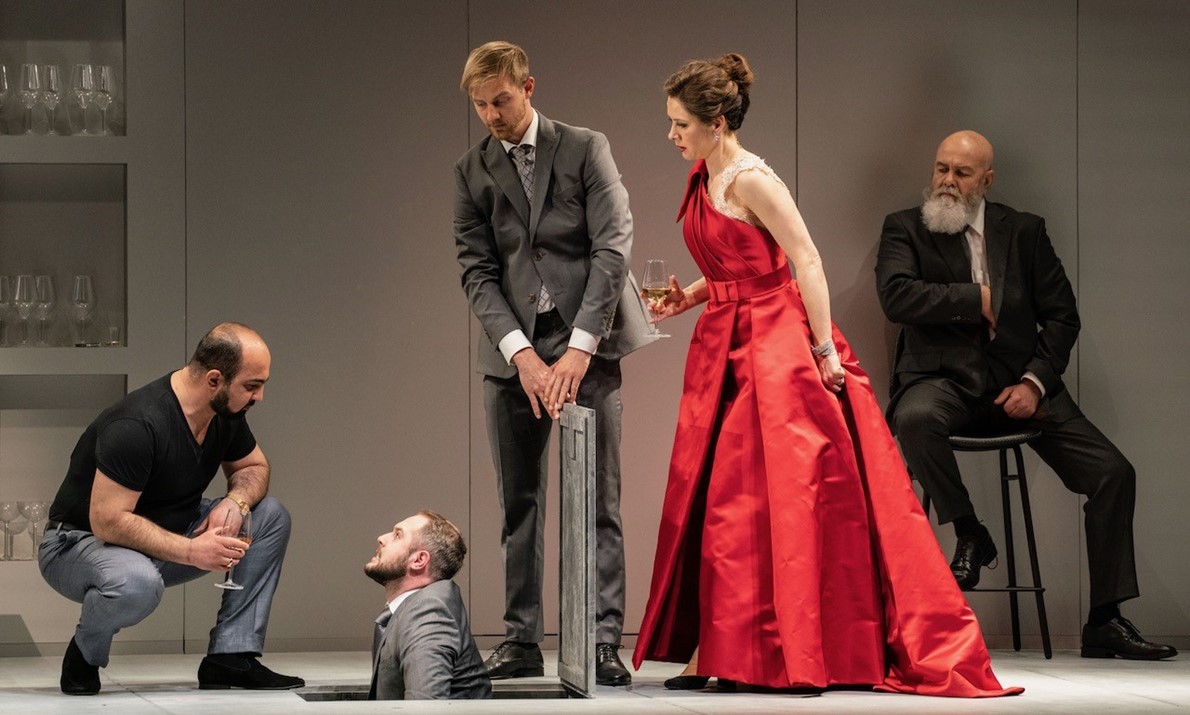 ‘Tosca’ (Dutch National Opera, 2022)
‘Tosca’ (Dutch National Opera, 2022)Barrie Kosky is one of the most sought-after directors on the
international circuit. He’s made his name with comedic and serious rarities
alike, but this recent take on Giacomo Puccini’s bloody shocker shows that his
punchy style can work well with the classics, too.
There is a notable lack of scenic decoration during the first act’s
machinations and romances; we don’t even see what the painter Cavaradossi is
working on. But Kosky caps the act with an imagistic coup — and it’s as potent
a portrait of Scarpia’s villainy as you’ll find anywhere. Urgently conducted by
Lorenzo Viotti and well sung by a youthful cast, Puccini’s thriller here moves
with a swiftness that anticipates the slasher flick. And it comes in under two
hours.
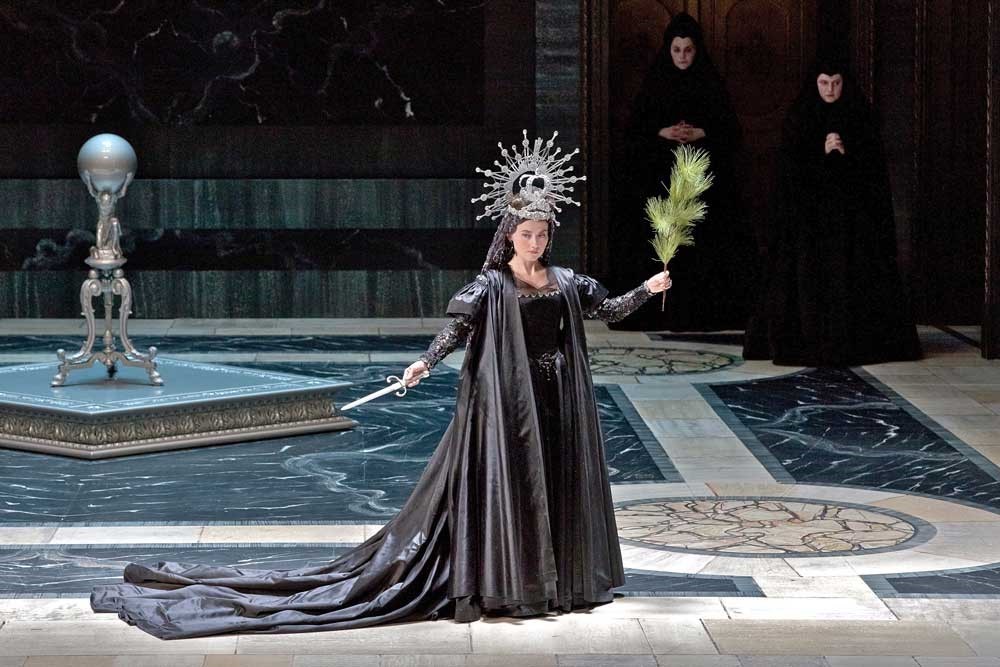 ‘Atys’ (Opéra Comique, 2011)
‘Atys’ (Opéra Comique, 2011)
Now for something luxurious from the French baroque. The mythological
story told here, with a score by Jean-Baptiste Lully, so entranced Louis XIV
that his affection became synonymous with the music. Then the work largely
dropped into obscurity, until a 1980s production at the Comique put it back on
the map. And in 2011, when a wealthy philanthropist paid for an international
touring revival of this sturdy staging, high-definition cameras were ready.
Conductor William Christie and his ensemble, Les Arts Florissants, perform
the score with a courtly edge that enhances the power (and vengefulness) of
Stéphanie d’Oustrac’s take on the goddess Cybèle. And Christie’s players
likewise lend a glow to the lovestruck (or mad) exultations present in Bernard
Richter’s portrayal of the title character.
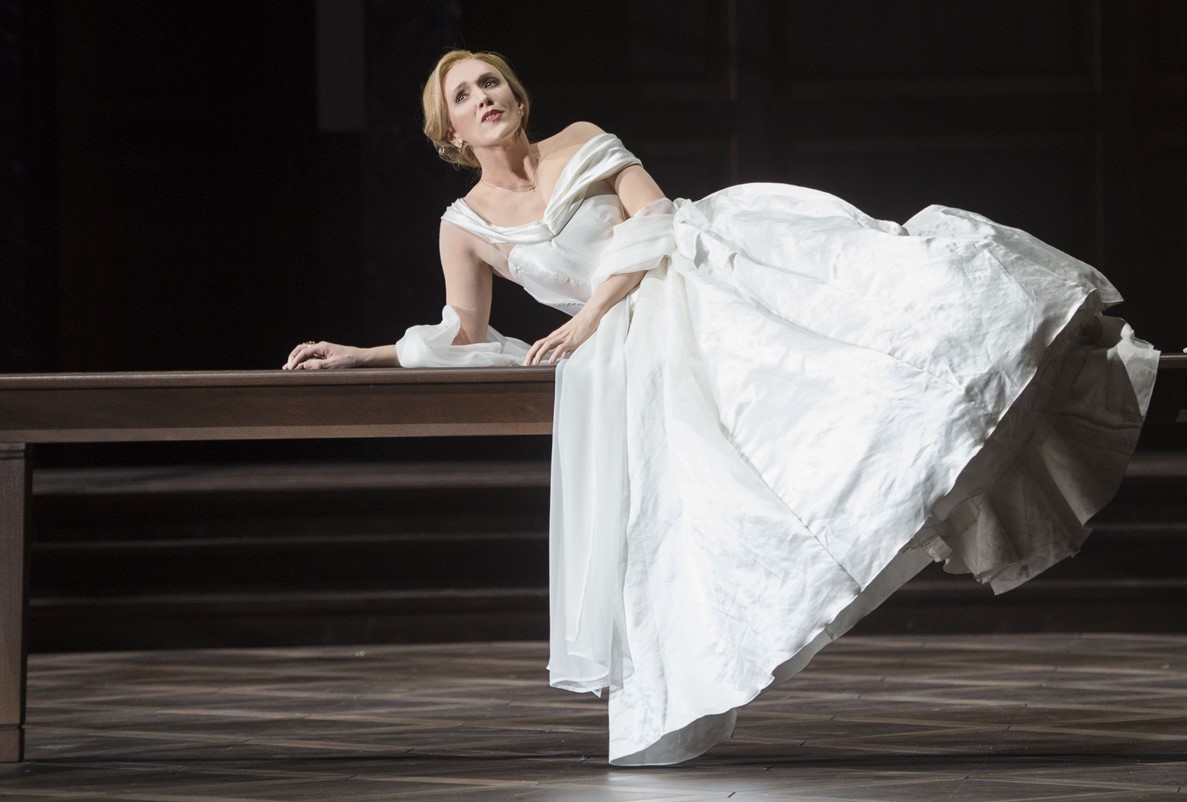 ‘Das Wunder der Heliane’ (Deutsche Oper Berlin, 2018)
‘Das Wunder der Heliane’ (Deutsche Oper Berlin, 2018)
Erich Wolfgang Korngold’s operas have generally struggled to catch on in
the repertory, even after getting a quick start during the composer’s starry,
youthful ascent in the 1920s. But in recent years, we’ve been gifted with
sumptuous recordings of the composer’s lush music dramas — including Simon
Stone’s production of “Die Tote Stadt” (documented on a Blu-ray from the
Bavarian State Opera in Munich, but not yet streaming).
“Das Wunder der Heliane” is even better than Korngold’s rightly famous
film scores that followed his move the United States and went on to influence
the likes of John Williams. This recording is nearly three hours of orchestral
delirium, thanks to the work of the Deutche Oper’s orchestra, under Marc
Albrecht. Also no slouch: American soprano Sara Jakubiak, who proves blazing in
the title role. The staging is spare, but the music and acting crackle.
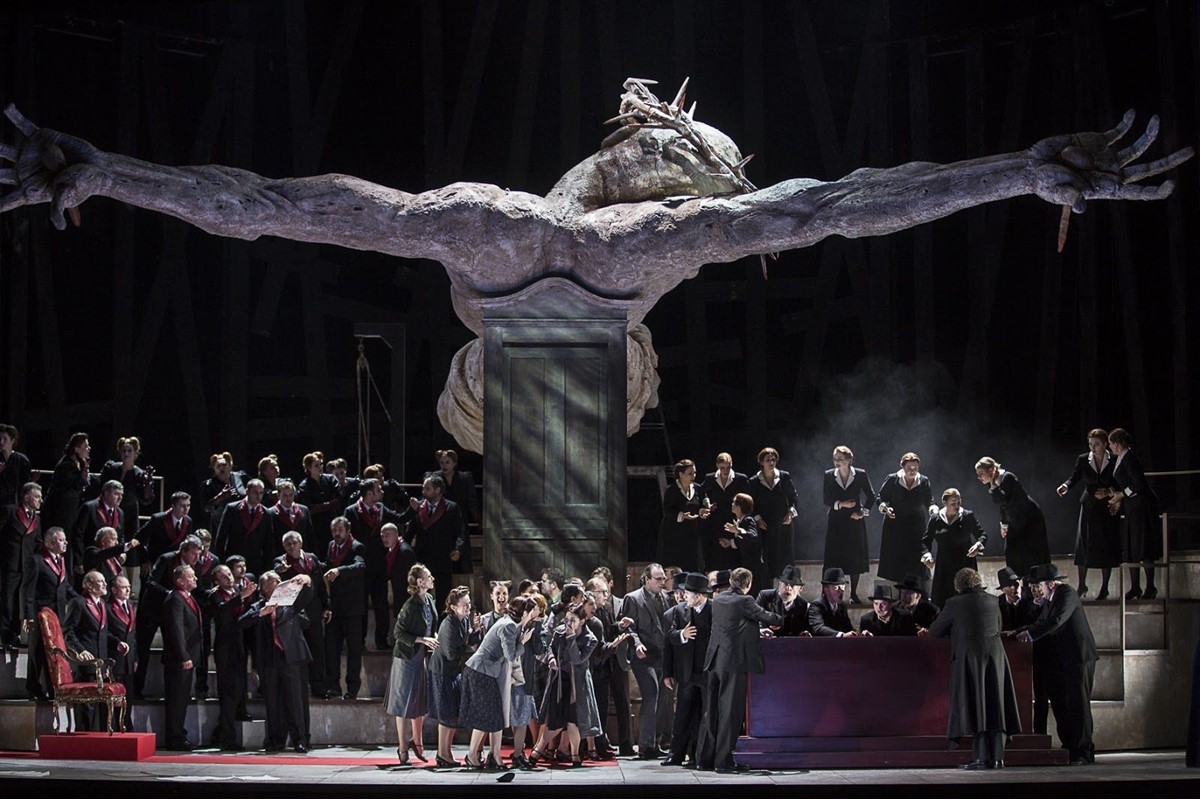 ‘Mathis der Maler’ (Theater an der Wien, 2012)
‘Mathis der Maler’ (Theater an der Wien, 2012)
First came Paul Hindemith’s “Mathis der Maler” Symphony — a nearly
half-hour work that drew the ire of Third Reich, and the defense of Wilhelm
Furtwängler. Then came the full opera, which premiered in Switzerland in 1938.
The stage show winningly incorporates the music of the symphony throughout, but
has never dislodged the concert piece in the repertoire, in part because of the
prohibitive cost of staging a three-hour opera about the role of art in
wartime.
In Hindemith’s libretto, the title painter has to choose whether to engage
in the 16th-century’s “Peasant’s War.” The seriousness of the subject matter
may seem forbidding, but the imagination of Hindemith’s sonic language —
dissonant at times, but always rapturous and conceived with care — is so
riveting, it actually sells the philosophical material. A straightforward but
memorable staging by Keith Warner is likely the only chance many will have to
see this work, so its inclusion in Naxos’ catalog is a cause for celebration.
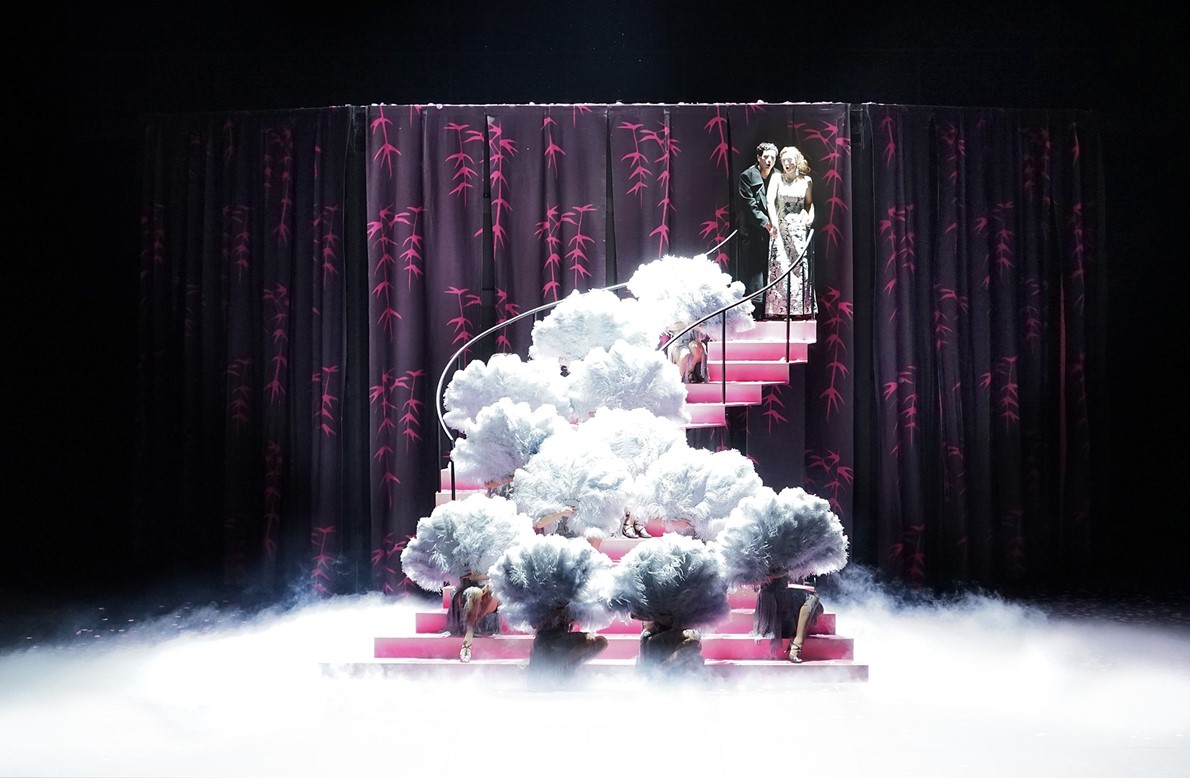 ‘Frühlingsstürme’ (Komische Oper, 2020)
‘Frühlingsstürme’ (Komische Oper, 2020)
Now how about an immersion in Weimar operetta? Here, you can take in the
last operetta to open during the Weimar Republic, which premiered in January
1933, soon before Nazis did their best to erase a theatrical tradition that was
Jewish, gender-fluid and influenced by Black American music of the period.
Once again, Barrie Kosky is the director. This was hardly the best
operetta production during his long and celebrated decade of leadership at the
Komische Oper. It’s not even the best show by Jaromir Weinberger that the
theater has put on. (That would be “Schwanda the Bagpiper,” as directed by
Andreas Homoki in 2022.)
But “Frühlingsstürme” remains a valuable document of Kosky’s efforts to
revive Weimar-era works. His playful staging brings a snazzy panache to the
comic reversals of fortune and mistaken-identity gambits. You can listen to
excerpts that a star singer like Jonas Kaufmann is keen to include in a show-tunes
sampler, but the entire show has a fizzy intoxication that excerpts can’t
match.
Read more Music
Jordan News



